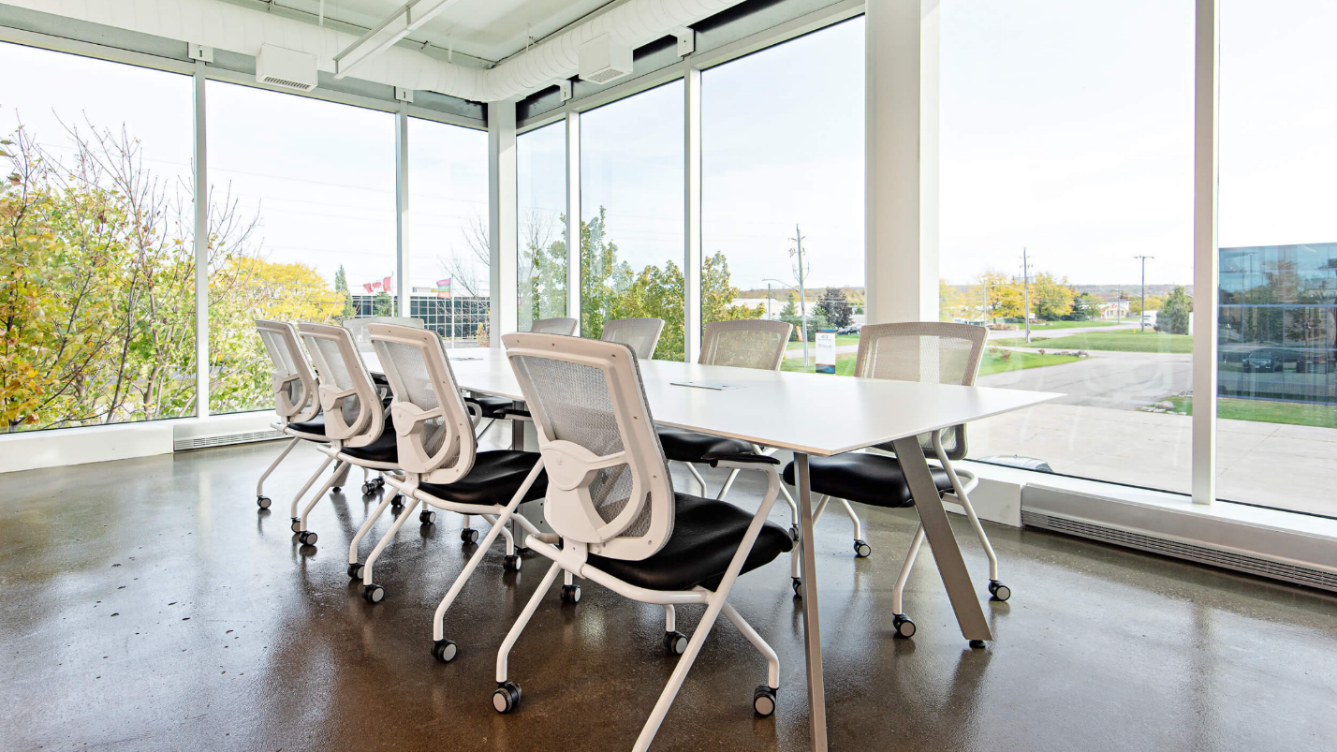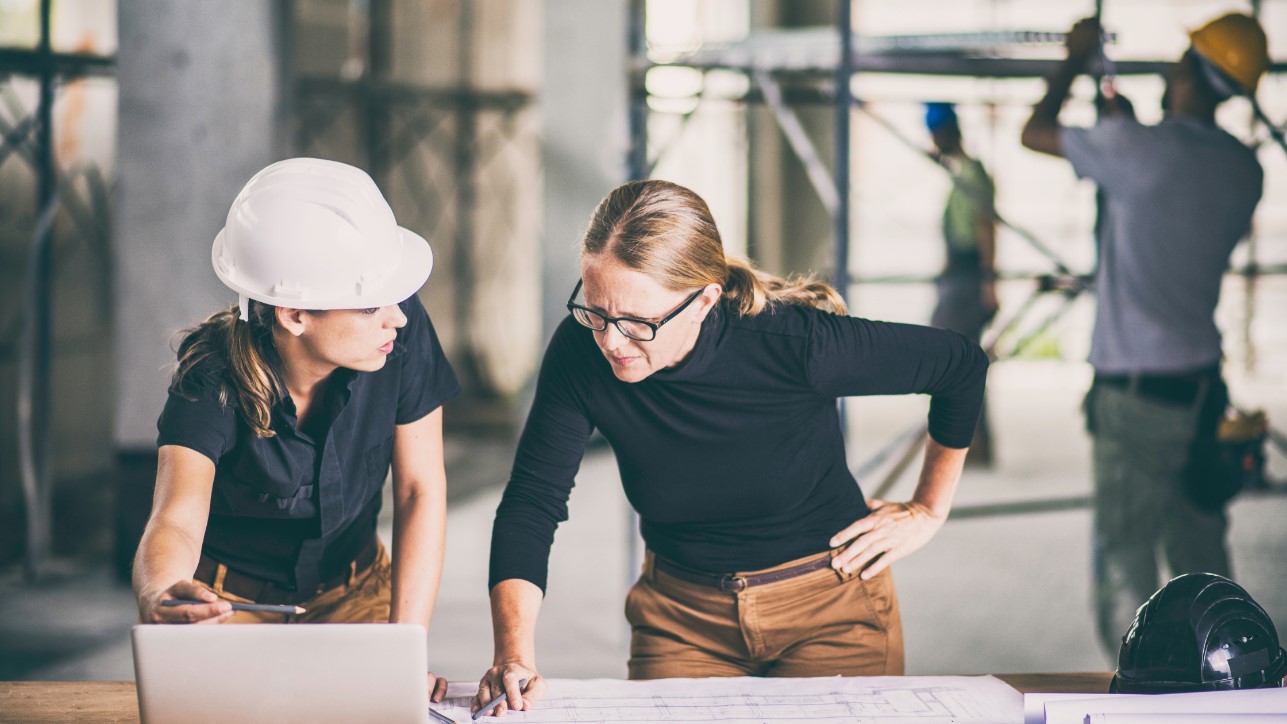Environmental consciousness is gaining momentum, making it essential to consider the environmental impact of construction projects. Green buildings and green construction are becoming increasingly popular as businesses and building managers seek ways to minimize their environmental footprint.
One of the most globally recognized designations for achieving green building design and implementation is LEED certification. Canada stands out as a leader in this field, with over half of all LEED-certified buildings worldwide located within its borders. Government services in Canada and several Canadian municipalities are mandating that buildings meet LEED standards, showing the significance of this certification.
This high demand for LEED expansion across Canadian spaces is a testament to the growing importance of sustainable construction. Let’s explore how you can incorporate LEED certification into your construction projects and the benefits it offers your business!
The Importance of LEED Certification
What is LEED Certification?
LEED stands for Leadership in Energy and Environmental Design, and it is widely recognized as the standard for green building classification. When a building achieves LEED certification, it communicates to the public that the structure has been designed and equipped with the environment in mind. LEED prioritizes sustainable practices to help reduce carbon emissions, conserve resources, and lower operating costs.
LEED has four certification levels: certified, silver, gold, and platinum. These levels are determined by the number of points a building accumulates during its construction, with more points signifying a greener building. LEED certification evaluates various aspects of a building, including access to public transport, water conservation processes, indoor environmental quality, material selection, energy efficiency, and sustainable site development.
Why Get LEED Certification?
LEED certification offers a multitude of benefits for your construction projects and your business:
- Widespread Adoption: LEED is the most widely used green-building standard in Canada and around the world. It’s a recognized mark of environmental responsibility.
- Government Mandates: Over 24 Canadian municipalities, including Montreal, Vancouver, and Ottawa, have mandated that all their future buildings must meet LEED standards.
- Environmental Impact: LEED-certified buildings use 25% less energy, emit 24% less CO2, and consume 11% less water, according to a 2011 U.S. government review. They also divert 80 million tons of waste from landfills and save 1.3 million tons of coal equivalent annually.
- Employee Benefits: Companies utilizing LEED-certified spaces report higher recruitment and retention rates, as well as increased employee productivity. Indoor air quality and design improvements have been shown to contribute to these positive effects.
- Long-Term Savings: LEED-certified buildings often have lower operating costs and reduced resource consumption, resulting in long-term financial savings.
How to Incorporate LEED Certification into Your Build
To achieve LEED certification for your construction project, it’s crucial to follow specific guidelines and meet stringent requirements. The Canada Green Building Council (CaGBC) holds the license for the LEED rating system in Canada, and they set the standards.
To successfully incorporate LEED certification into your build:
- Work with an Expert Team: It’s essential to collaborate with a team that understands these requirements and knows how to work with LEED certifications. Working with experts like Black-Hart Construction ensures a smooth and efficient certification process.
- Understand LEED Requirements: Familiarize yourself with the precise requirements in site planning, water efficiency, energy use, air quality, material selection, and design features necessary to attain LEED certification for both new buildings and retrofitted fit-outs.
- Detailed Documentation: Maintaining detailed documentation throughout the construction process is crucial for achieving LEED certification. This includes records of materials used, energy-efficient systems, and sustainability practices employed during construction.
- Design with LEED in Mind: Design your project with precise LEED construction needs in mind. Incorporate sustainable building practices from the project’s inception.
Incorporating LEED certification into your construction projects not only benefits the environment but also your business, making it a win-win for all stakeholders involved.
At Black-Hart, we have a proven track record of completing LEED certification projects. Our experienced team understands the specific requirements for achieving LEED certification, and we are ready to support the process every step of the way. From providing detailed documentation of the entire construction process to designing your build to meet precise LEED construction needs, we have the expertise to make your project a success.
Are you looking to incorporate LEED certification into your next build? Our team of experts is ready to help. Contact us today to get started and see how we design and build buildings for LEED certification.



